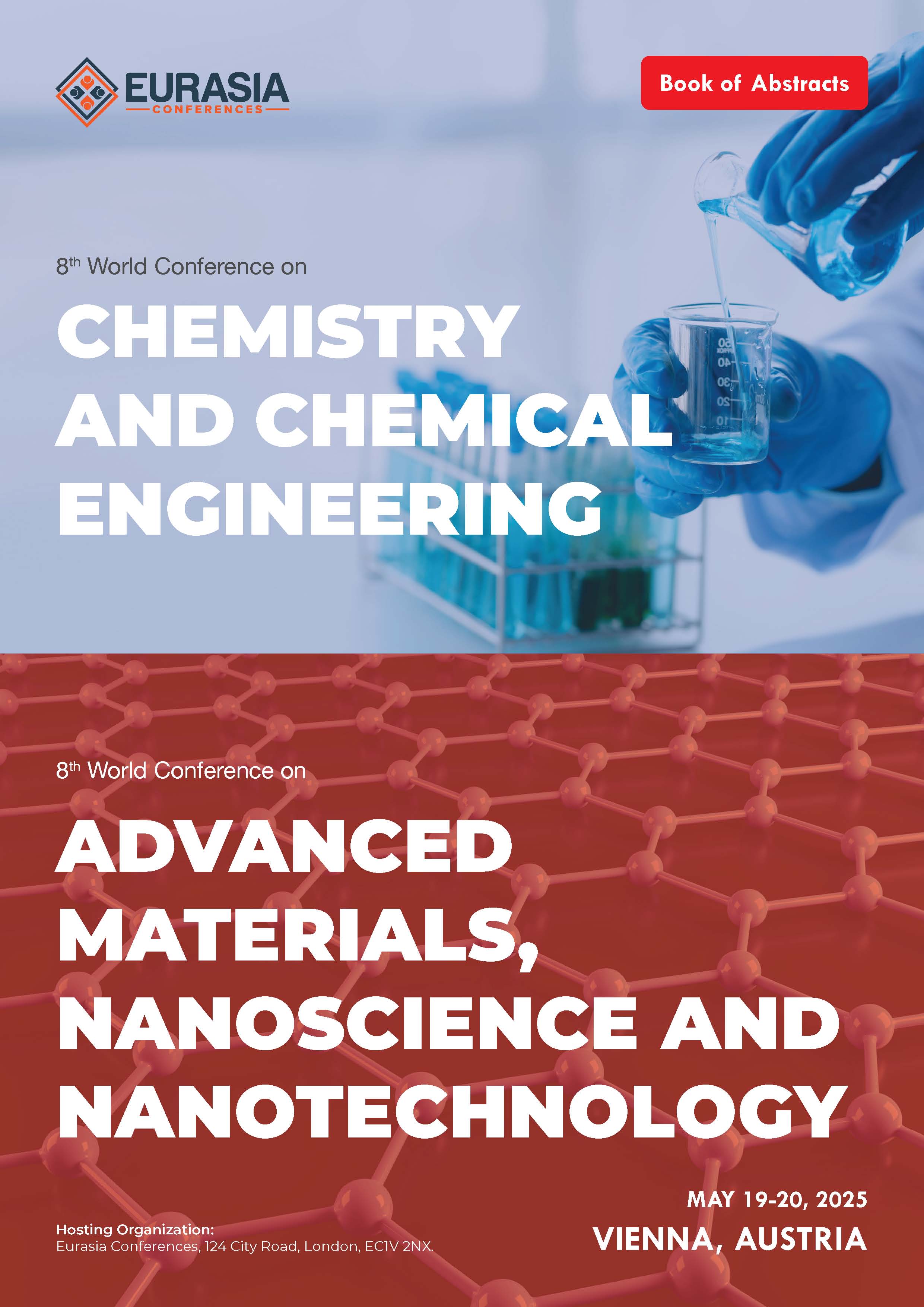
Abdallah Skaf
The iron and steel industry is a major contributor to global CO₂ emissions, accounting for approximately 7% of the world’s total emissions [1]. Hydrogen-based direct reduction of iron oxide offers a sustainable alternative to conventional processes, particularly when powered by renewable energy [2]. Building on prior research demonstrating the feasibility of pure hydrogen as a reducing agent in shaft reactors [3], this study explores the full hydrogen-based ironmaking process considering also the gas heating, the gas recycling and the hydrogen production via electrolysis, and evaluates in parallel the energy performance and the environmental impacts via Life Cycle Assessment (LCA).
A detailed flowsheet simulation was developed, incorporating key components: electrolyzer for renewable hydrogen production, gas heater, condenser, and gas recycling system. The hydrogen-based process relies on electricity for hydrogen production and gas heating, enabling decarbonization when paired with renewable energy. This process was benchmarked against the MIDREX NG process, a leading natural gas-based reduction technology that is considered an improvement over the blast furnace route due to lower emissions.
The LCA covers all stages of both processes, including in-depth construction of inventories for infrastructures, feed material, iron production, energy production. Based on GWP100 indicator from ReCiPe midpoint method, the LCA results show that MIDREX emits 0.88 kgCO2-eq/kgiron, while hydrogen-based technology emits 0.41 kgCO2-eq/kgiron using the French electricity mix. By using hydropower and wind-power, emissions can be further reduced to 0.16 and 0.23 kgCO2-eq/kgiron, respectively, demonstrating that the transition to hydrogen-based Ironmaking in shaft reactors enables a 74-82% reduction in CO2 emissions.